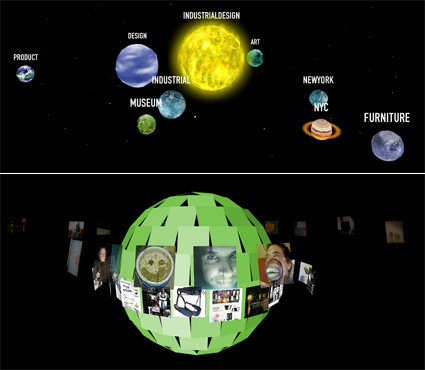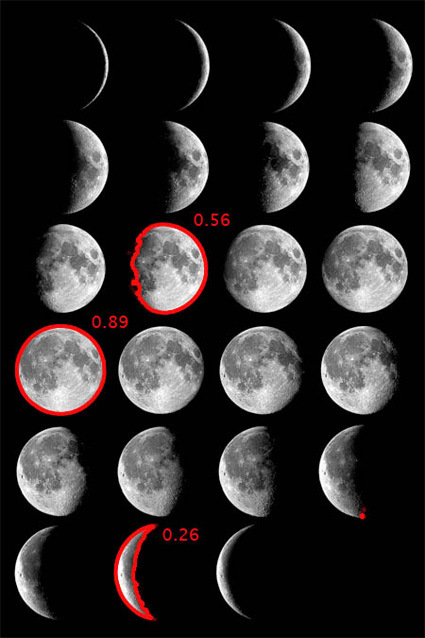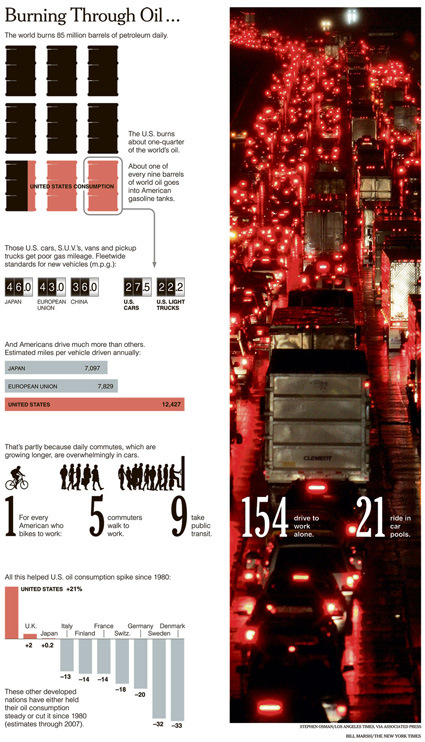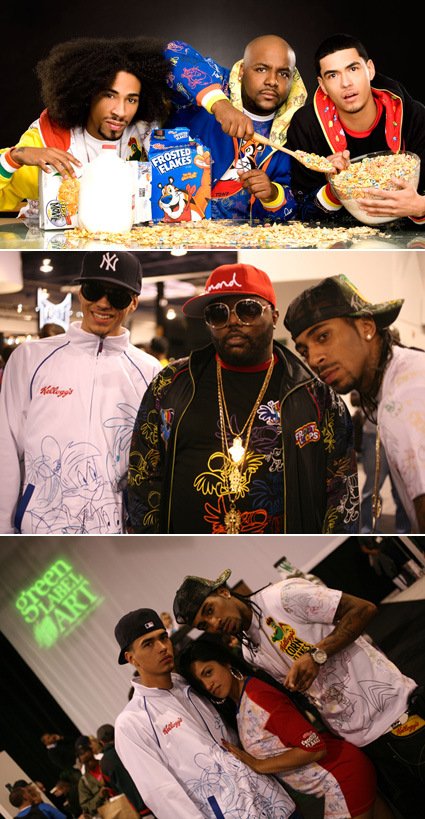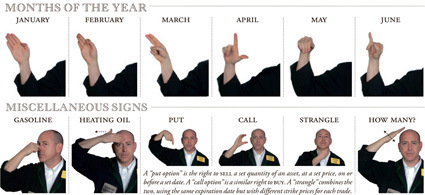Noah Brier has released a very interesting web-application called Brand Tags. The premise is this: a brand is really what the consumer has in mind, the sum-of-all-thoughts regarding that particular brand-name or logo. Using the commonly-used representation of a tag cloud (in which the most popular entry gets the greatest font-size), we can see exactly what each brand (-word) means to the masses.
From the dominant word association, you can get a good feel of what it means as a whole, as various nuances and reactions play themselves out in the word-cloud. It is also quite intriguing to note (as the examples below show), how each brand can embed itself differently in the minds of consumers.
Product/Function
For Bic, for instance, it is very strongly tied to its single most successful product – the pen. Its iconic and classic status mirrors the consumer’s impression of “Bic = Pen”. In this case, the brand is the product, much like how Xerox came to be a substitution for photocopying.

Marketing Tagline
It could also be a reflection of the success of a brand-marketing campaign. For Intel, the most dominant word wasn’t chips, computers or anything like that. It was ‘Inside’. It just shows how strong the ad campaign was to imprint this message into consumer’s heads (even as you read this, perhaps the signature Intel jingle rang through your brain).
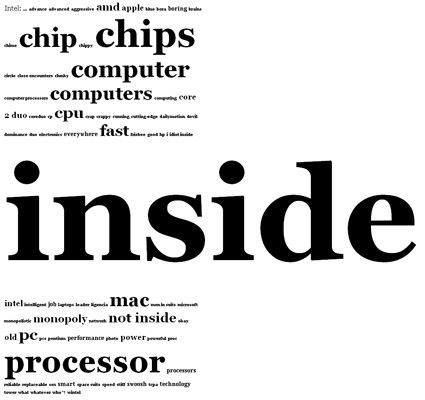
Associated Emotion
I must admit I was rather surprised with Harley-Davidson though. In many business textbooks, Harley was a frequent example used to illustrate how the ‘freedom’ and ‘rebellious’ spirit was core to Harley-Davidson’s business. But it does seem like the crowdhas a rather different take (although it is still a feeling for a brand):

Perhaps it’s time to rework the campaigns a little?
Anyway, there are quite many more brands on the website – head over and play around!
